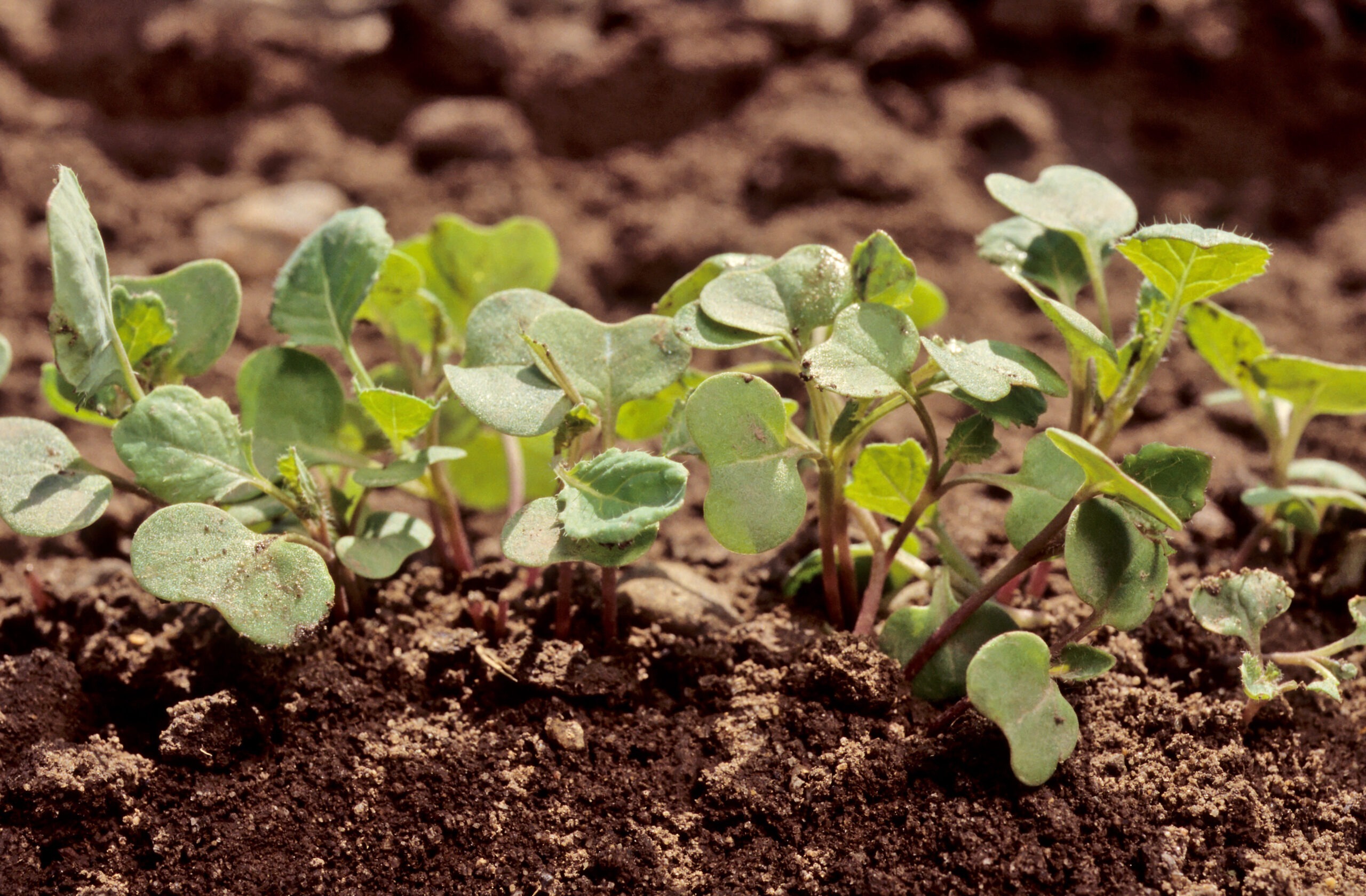Back to mapClose
 See more
See more
Protection of varieties

Why protect plant breeding?
Intellectual property is crucial for plant breeding. To support innovation and encourage investment, it is essential to maintain a virtuous circle that rewards innovation efforts and spreads genetic progress.
70
States have adopted the PVC
Patent & PVC, what are the differences?
A seed variety is protected by a Plant Variety Certificate (PVC). A characteristic of the variety can be protected by a patent. The Plant Variety Certificate (PVC), established by the International Union for the Protection of New Varieties of Plants (UPOV) in 1961, protects a variety as a whole for a period of 25 years from the date of issue of the certificate. It is the only intellectual property tool for plant varieties, giving the holder an exclusive right (production, sale, etc.). To obtain a PVC, the variety must be new (distinguishable from other varieties), describable (so that its characteristics can be recognized by observation) and present a guarantee of stability (it retains its characteristics from generation to generation). It is possible to file a PVC application at the national level with the National Plant Variety Authority (INOV in France) or with the Community Plant Variety Office (CPVO). The PVC is awarded after a two-year examination. These tests are similar to the Distinction tests (DUS) required for the registration of a variety in the official catalogue.
The patent is granted for a period of 20 years from the date of filing the application with a national (INPI) or European (European Patent Office) authority. Patent law excludes conventional methods of crossing and selection from patentability, but allows the creation of a characteristic in a plant through the use of biotechnology to be protected. The patent is only granted if it meets the criteria of novelty (it is something that has never existed before), inventiveness (the invention must not exist in nature), and industrial application (the object to be patented must be of interest in terms of development and economics).
What is the scope of the patent in France?
In Europe, a patent does not protect a variety, but rather a characteristic present in the genome of a variety. Furthermore, it is permitted to patent a characteristic or trait of a variety obtained by conventional methods or spontaneous mutation. However, it is possible to patent improvements obtained through biotechnology, which may involve genes within a plant.

What room for maneuver does the farmer have?
Farmers may benefit from an exemption. They may keep part of their harvest to sow the following year. This practice, called farm-saved seed production, is however regulated and permitted for a limited number of species, provided that there is a royalty collection system that allows the breeder to be remunerated. This system does not apply to smaller farms and is governed by an interprofessional agreement that involves the entire sector.
What is the plant breeder’s exemption?
The plant breeder's exemption allows third parties, including competitors, to use a variety protected by a PVC to create new varieties without authorization or compensation, as long as the new variety is distinct from protected varieties. This allows for the rapid dissemination of innovation. A similar system exists in France for patents, the limited plant breeder's exemption. This allows easier access to the variety containing a patented trait, so as to facilitate the dissemination of innovation. However, if the patented trait is still present in the new variety, the agreement of the patent holder and their remuneration are required.
What is the position of the French Seed Association (UFS) on intellectual property protection?
The UFS believes it is necessary to promote effective protection of innovations without blocking access to progress. To ensure that the two systems (PVC and patent) can function alongside each other, and to maintain the dynamics of varietal innovation, UFS members have affirmed their commitment to six major fundamental principles.
- Support the implementation at a European level of the plant breeders exemption principle as regards patents.
- Affirm the non-patentability of conventional breeding methods.
- Affirm the non-patentability of native traits and those created by random mutagenesis.
- Respect the scope of patents.
- Support the transparency of information on patented traits.
- Facilitate access to licenses between companies on fair, reasonable and non-discriminatory terms.
Is it obligatory to protect your variety?
There is no obligation to apply for intellectual property rights. It's a choice. The inventor may very well not apply for intellectual property rights. These rights, even if they are granted for a period that can range from 20 to 30 years, may sometimes last much less than that. If a variety has not found its audience, the breeder often terminates their intellectual property rights and places it in the public domain after 2 or 3 years of commercial life.













